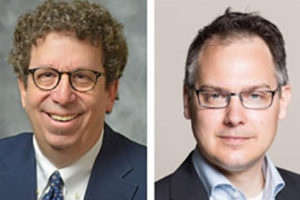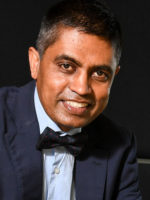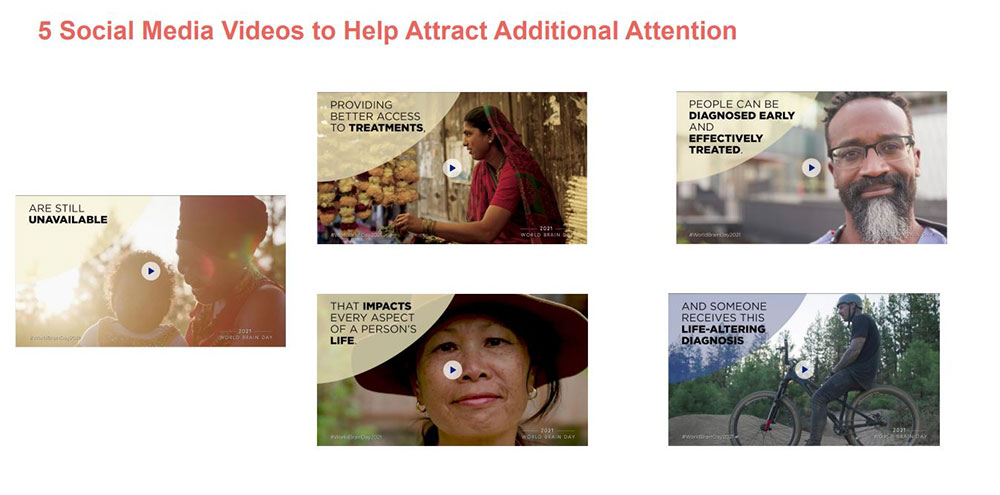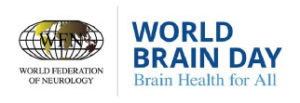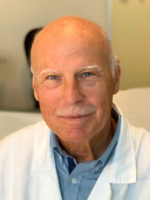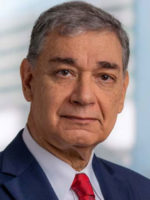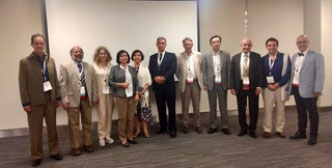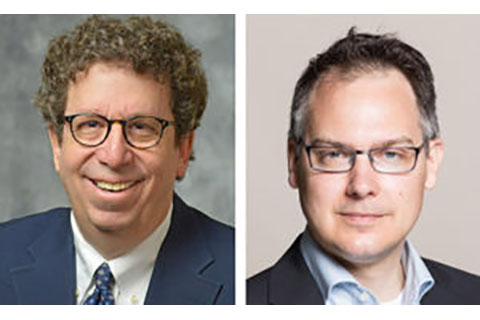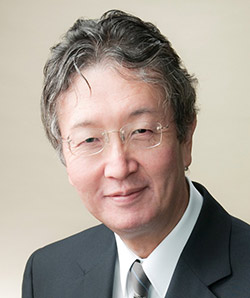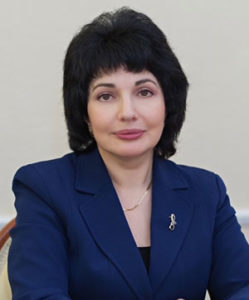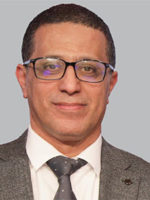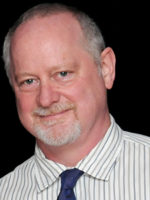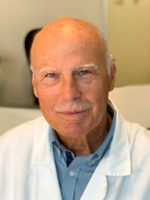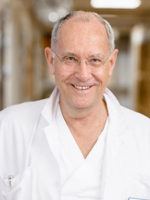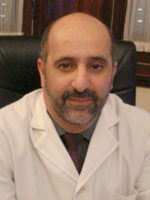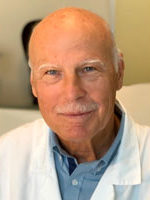
Wolfgang Grisold
This is my first column as the WFN president in World Neurology but not my first article in our newsletter, edited by Steven Lewis. World Neurology has become an important source of information for members and serves to communicate information on the WFN.
Before I comment on the present state of the WFN, and the vision for this year and the following years, I want to thank the outgoing president, William Carroll, and all trustees having served in the previous administration, for their huge efforts and devotion to the WFN.
I also want to thank all committees, Specialty Groups, cooperating societies, and the WFN office as well as the professional conference organizer (PCO) (Kenes) who mastered the difficult transition from classic congress to virtual congresses.
Ryuji Kaji, the outgoing vice president, was chair of this successful transition into a virtual congress. The abilities of the PCO also must be commended.
The WFN is a U.K. charity with 123 member societies. The work is supported by the London office, a few external coworkers, and a lean structure.
The WFN is by constitution and voting system in a constant flux in leadership. This year, one new trustee position and a new secretary general will be at disposition at the next Congress of Delegates (COD) meeting and adds to the dynamic effects of change.
The WFN has a robust and detailed structure, which serves as the basis for further improvement and development. This transition of administration will be smooth, and the main targets and goals will be adapted and improved.
In the first Trustee meeting, held Jan. 13, 2022, Prof. Guy Rouleau (Canada) was welcomed into the WFN board of trustees as the new vice president. Prof. Rouleau is from Montreal, Canada, was the delegate of Canada to the WFN, has participated in the WFN department visit program, and is the Congress president for the World Congress of Neurology (WCN) 2023 in Montreal.
The trustees decided on the composition of the WFN leadership until the next COD meeting 2022. The position of the secretary general will be taken by Steven Lewis (U.S.), who has been a long-time supporter within the leadership. We decided to use the opportunity and allow more regional representation, which will include Prof. Chandrashekhar Meshram (India), Prof. Marco Medina (Honduras), and Prof. Riadh Gouider (Tunisia) from the Asian, Latin American, African, and the Pan-Arab regions, respectively.
This is a unique opportunity to have representatives of the regions on the board, and gives the trustees the flexibility to have this option until the next COD meeting, where the election of one trustee and secretary general will take place, and the further composition of the coopted trustees can be adjusted again, within the available positions.
Due to COVID-19 and travel conditions, a traditional first face-to-face meeting with the trustees and the regions was not possible this year. COVID hampers activities on the one hand, and on the other, shows what creative potential this provides to communication, teaching, and virtual congresses. This will be overcome by a 2-day virtual conference, which will give each region and the trustees the possibilities to learn more on the needs of neurology worldwide.
At this time, most terms of office for the committees come to an end, and much effort will be exercised to select the most interested and capable persons as well as to selecting regions and gender.
For the upcoming year, there is still uncertainty on the possibility of live meetings, but it is planned that the WFN leadership will meet with the leadership of the AAN and the EAN this year, at this year’s conferences. Hopefully, it will be possible to also attend the Indian Academy of Neurology and the Asian Oceanian Congress of Neurology meetings, and the WFN will also attend other regional meetings. The annual COD meeting will be this fall, although the site has not yet been determined.
WCN
One important task of the WFN is the organization of biennial congresses, rotating through the regions. After the successful congress with SIN 2021, which was virtual, the next congress is planned for 2023 in Montreal hosted by the Canadian society, and in 2025 in Seoul, Korea.
For both meetings the preparations at different levels are ongoing, and the first congress announcements and calls for Montreal will be appearing soon.
The WCN is an important part of the WFN activities and provides attractive programs with plenary sessions showcasing new and current developments, scientific sessions aimed at specific topics, a large number of abstract presentations, and general education. The WCN aims at high scientific quality and universal approach for many regions as well as communicative aspects between participants and members.
We will aim to have a patient day and will support the activities of young neurologists. For countries in need, adapted fees will be in place according to the income status, and congress bursaries will be available. As lessons learned from the pandemic, we will also provide hybrid activities featuring important topics.
World Brain Day
The WFN has created the World Brain Day (WBD), which has become an important and powerful instrument to facilitate topics and neurological issues globally. This year’s topic will be Brain Health for All, which will put us in contact with many regional societies, as well as reflects the importance of the topic that was started by the WFN last year on the initiative of our Past-President William Carroll. At this stage, the content was composed of videos and webinars that were well received and also stimulated the interest in this topic.
This year, we will work closely with the regions and will enhance our efforts to encourage local and regional events. Visit the WFN website for further developments and try to implement brain health initiatives in your region. As in previous years, we will provide tools, such as posters, press statements, and other useful support that can be adapted and used locally to celebrate WBD.
WHO
From the ongoing activities of brain health and WBD, the close cooperation with the WHO will continue to globally raise the awareness for neurology and provide more access for those in need. The WFN has contributed jointly with the Global Neurology Alliance (GNA) to develop comments and suggestions for the Intersectorial Global Action Plan (IGAP), and the WFN considers this an important step for the global development of neurology.
Traditionally, the WFN has been in close contact with the WHO, such as the involvement in the ICD, the joint publication of the Atlas (Editions 1 and 2) and historically a “white book” (Country Resources for Neurological Disorders) on neurological resources, which dates back to 2006 and needs a relaunch.
The WFN also collaborates in WHO activities related to the COVID pandemic and is engaged in several workforces.
It will be important for the regional societies to engage in local WHO activities as this has been done previously by some regions. This will deal with specific topics and can also increase awareness and possibly impact.
Closely linked with this global activity is the Needs Registry. Looking at needs, the outgoing president, Prof. Carroll, on behalf of the WFN, will finalize a Needs Registry, which is based on a membership survey, and will give more details on the worldwide needs. This important paper will be published on behalf of the WFN and will be of help to better understand neurologic needs and access worldwide.
Education
Education is one of the core missions of the WFN. Education at all levels will be one of our main tasks.
We have a spectrum of educational activities, ranging from the Junior Traveling Fellowships and congress bursaries, to WFN Teaching Centers and Department Visits. Also, educational sessions are part of the WCN. We have an educational day in Africa, a joint headache educational day with the International Headache Society and the Global Patient Advocacy Coalition
(GPAC) and the annual Regional Teaching Course in Africa with the EAN. These activities will be continued and updated. (For details, visit the WFN website). The educational days in Africa have become a good template to reach a large audience, and these educational days can be expanded to other regions. The education day on headache with IHS/GPAC will be continued this year.
We will increase our activities in e-learning, and the e-learning hub on the WFN website, which was introduced last year, and will be expanded. We look forward to seeing how this important instrument will contribute to global educational activities.
We are also determined to look at new educational activities, such as mentorship, advocacy, and leadership. Format hybrid meetings and asynchronous meetings will be considered. New models, such as apps, mini or micro learning, as well as the concept of M (mobile) learning will be evaluated for possible use.
Core Curriculum
The definition of neurology as a field is difficult. Even more difficult to define is the content of a core curriculum. This is due to the large variation of the resources of our membership, which ranges from highest standards toward members with hardly any neurological workforce. Discussions within the WFN on a possible core curriculum have been ongoing for years. Interviews with several members have shown that a basic core curriculum will be important for many members societies to develop neurology and neurological facilities.
For the development of future programs, we will also receive input from the specialty groups and the Global Neurology Alliance, which is composed of world societies, specialist societies, the regions, and specialty groups.
In previous years, this cooperation has been effective and adds to the impact of programs. A good example is the Regional Teaching Course in Africa, which is chaired by the EAN and where the AAN, the International Brain Research Organization (IBRO), and the WFN regularly participate. We are grateful to the educational activities of the specialty groups. As an example, at this year’s International Congress of Neuromuscular Disease (https://icnmd.org), a joint WFN-ICNMD lecturer will illustrate the topic of neuromuscular disease in lower middle-income countries.
The content of education is not limited to knowledge and science. We also need to teach advocacy and leadership for neurologists. We must find ways to help our young and trained neurologists find attractive positions and work in and for the WFN.
Our vision is that successful participants of our leadership seminars will be able to participate in the work of committees and leadership and be able to learn and see the organizational needs and requirements.
The WFN has a grant award program with yearly funding. This will be continued and will be mainly directed toward educational activities in both research and practical application.
Publications
The WFN has three publications: the Journal of the Neurological Sciences (John England, Editor), eNS (Walter Struhal, Editor) and World Neurology (Steven Lewis, Editor). These publications help to promote neurology worldwide and are an important source of information and education. We have now established a platform for recommendations from the editors, and hope to be able to synchronize on important topics in the future
Social media is helping to promote new articles and important developments and has become an important part of our communication. The content and targets will need to expand to a larger group, including lay persons, patients, and health care providers.
Internal Work
Based on the WFN structure, we need to improve communication and outreach with regions and member societies. The detailed work with the members societies from last year has increased our understanding and identified some blind spots, which need to be removed.
Internally, the WFN needs to be prepared for the future. In addition to gender, young neurologists, and patients, we will make sure the future transitions of administrations will be smooth and already incorporate the president-elect, which will need a change of the procedures.
Importantly, we will need to consider gender and diversity, the need of young neurologists, and install a platform for patient organizations into the WFN. This will need preparatory work and will require important input from our committees, which will be asked to provide ideas and suggestions.
This work needs strong administrative support from the trustees and organizationally from the office team, which is an important part of our strategy.
In Summary
Communication, increasing the impact of the WFN, and internal adaptations will be the task for the WFN in the next period, and I will use this platform to update and inform on the recent developments.
Despite our own personal regional background and regional interests, we have to strive for a cosmopolitan approach, which by etymology would be best described as “citizens of the world” and describes the spirit of the WFN’s approach.
I look forward serving as the WFN president and building on our robust structure to consolidate and improve the present structures and to encourage and work on future projects. •
Email me with your ideas, suggestions and comments: wolfgang.grisold@wfneurology.org
